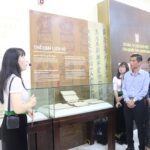The exhibition aims to introduce to the public the times of setting, changing the national name and the capital of Vietnam in history as well as the written heritage of the Thai and Dao peoples in Son La, which express the aspirations for sustainable independence, prosperity, and diversity in the cultural heritage of the nation.
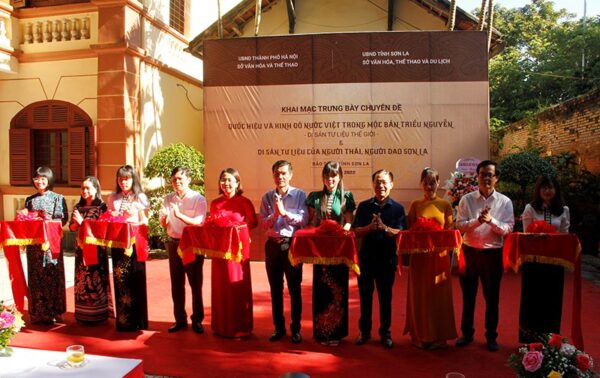
Delegates cut the ribbon to open the exhibition.
The content of the exhibition consists of two parts: “The national name and capital of Vietnam through historical periods” and “The written heritage of the Thai and Dao peoples in Son La”.
Part 1, “National name and capital of Vietnam through historical periods”, introduces 17 woodblocks of the Nguyen Dynasty (restored artifacts of the original currently stored at the National Archives Center 4) and other woodblocks presenting the changes of the National Name and the Capital in history. These are extremely rare documents of Vietnam and the world.
During the feudal period, the reverse engraving of Chinese and Nom characters on wood for book printing was very popular. In 2009, Nguyen Dynasty woodblocks were recognized by the United Nations Educational, Scientific and Cultural Organization (UNESCO) as a World Documentary Heritage. The national title of each country is the official name used in diplomatic, legal, and commercial relations to denote the legitimacy, territorial sovereignty and political institutions of a dynasty or a government. Along with the national name, the capital is always respected by state institutions. Since ancient times, the Vietnamese emperors have repeatedly set or changed the national title or the capital to suit the situation of the country. In particular, the setting of the national title of emperors of the Vietnamese dynasties showed national pride. We have the following national titles: Dai Co Viet, Dai Viet, and Dai Nam. Inheriting the national tradition, after successfully implementing the August Revolution and struggling to unify the country, our State took the national title of the Socialist Republic of Vietnam and located its capital in Hanoi – the capital of a thousand years of civilization.
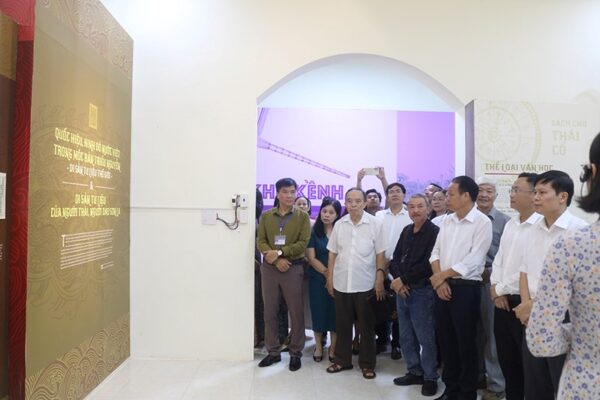
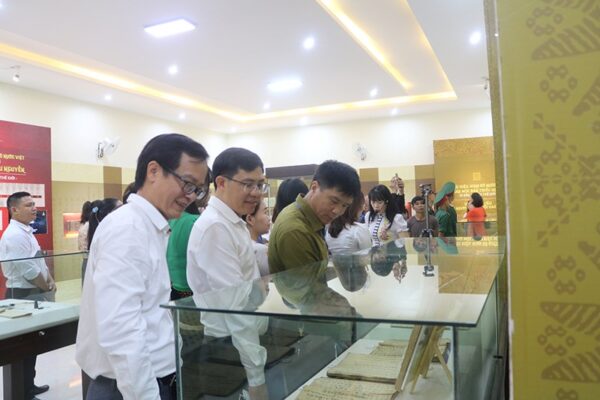
Delegates visiting the exhibition.
Part 2 “The written heritage of the Thai and Dao peoples in Son La” introduces nearly 30 documents and artifacts that are the written heritage of the Thai and Dao peoples in Son La, currently being stored and preserved at Son La Museum.
The Thai people in Son La province have a unique culture. For having their own written script, they have preserved many cultural heritages of their ancestors. The ancient writing system of the Thai people from the past has been recorded on dó and linoleum paper with very rich content. The ancient Thai script is in the form of Sanscrit, the biggest creation in the Thai script is finding a way to write, clearly distinguish and have rules of bars in their language. The system of ancient Thai books records many fields such as history, rituals, customs, laws, ethics, geography, beliefs, human outlook, world and universe, literature, etc. They are all valuable historical sources for research on life, culture, society of Thai people.
The script of the Dao people in Son La is also a valuable resource of special value. The Dao people in Son La have a traditional craft of making dó and linoleum paper. The paper made was used both to write Nom Dao script, to draw worship pictures, and to be used in rituals. Each branch of the Dao has a different way of making paper and using different materials. The Nom script of the Dao is a valuable cultural heritage associated with their religious and cultural activities.
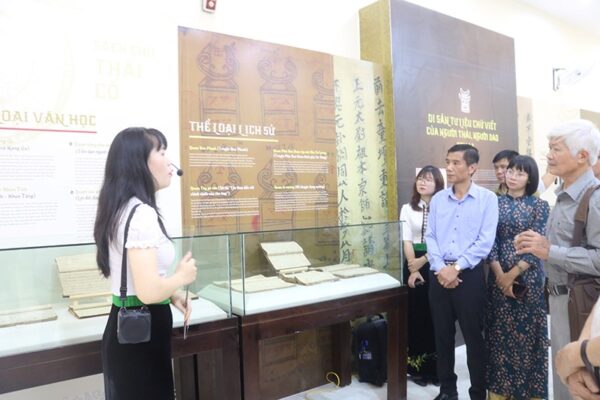
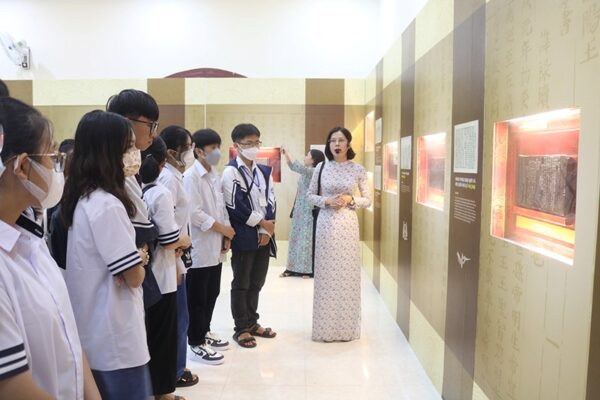
Some pictures from the opening ceremony.
Through the exhibition, the public will better understand the history of building the Vietnamese nation in general and the cultural diversity of the regions of Son La in particular, forming the overall unique culture of the exhibition. During the exhibition period, Son La Museum will have educational and experiential activities to serve visitors at the exhibition booth. The exhibition is open to visitors from August 19, 2022, to December 30, 2022.
Thai Hoa

